Some US Mint medals unpictured in Julian
Following my find of the Adams Academy (Julian SC-1) medal a couple of months ago, I've had a few other very fortunate purchases of US Mint medals that weren't pictured in Julian. I also finished going through all of the auction catalogs I had easy access to, and now I have an idea of what pieces are truly notable, so I thought I'd share.
One odd thing about US Mint medals is that "notable" is not the same as "valuable". These aren't for sale, but I'm going to put price guesses anyway because I know that this is out of the mainstream and I imagine few people have ever seen any of them, much less have a clue about value.
FWIW, all of the pictures in this post are to scale. The graphics files are produced at 300 dpi, which is roughly 4x actual size, but the exact scale will depend on your monitor settings.
Julian MI-20obv/Julian MI-19rev mule
This is a fantasy piece, a muling of the obverse die of Julian MI-20 (for Major General Winfield Scott) with the reverse die of Julian MI-19 (for Brigadier General Eleazer W. Ripley). It was struck from the original dies at the mint, probably in the 1940s when they were messing around with that sort of thing. Unlike some other Mint-struck mules, this pairing actually almost makes sense, as Scott also fought at two of the three battles cited on this reverse. For those interested in seeing the correct pairings, they were in the Ford sale: Julian MI-20 and Julian MI-19.
I found 3 auction appearances of a MI-20/MI-19 mule, the most recent in 1992. The Ford sale didn't have one. In contrast, I found 19 appearances of MI-19 and 16 appearances of MI-20.
There are lots of other mulings of dies used for US Mint military medals. Among others, I also found one sale record for the opposite mule, with the obverse of MI-19 and the reverse of MI-20.
As you can see from the Ford sale, high-grade specimens of MI-19 and MI-20 are selling in the range of $600-800 or so. In this condition, one would probably be worth in the $100-300 range. As an unlisted mule, and clearly much rarer than the listed ones, this one is worth... about the same. Low supply, but also low demand.
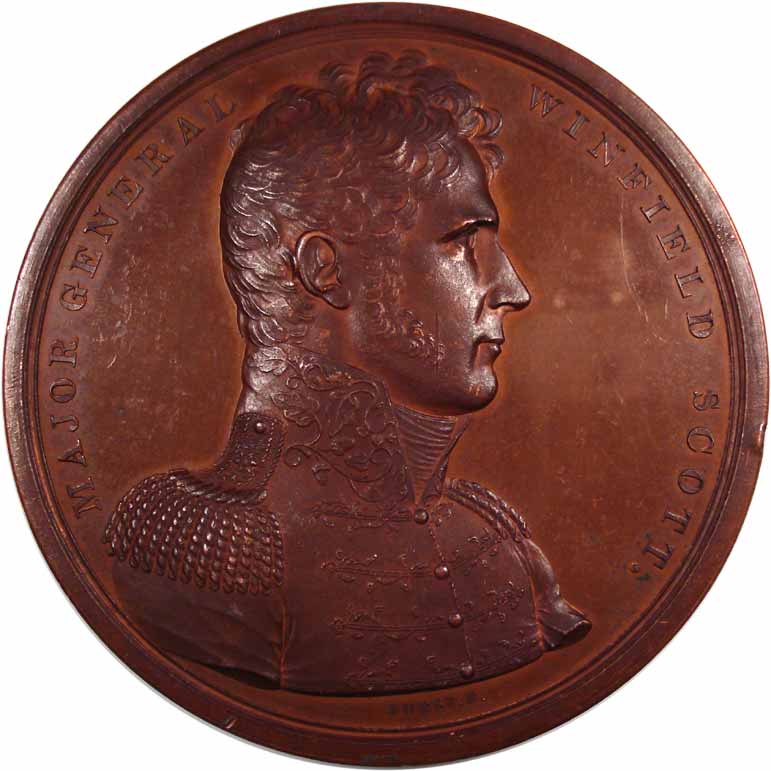
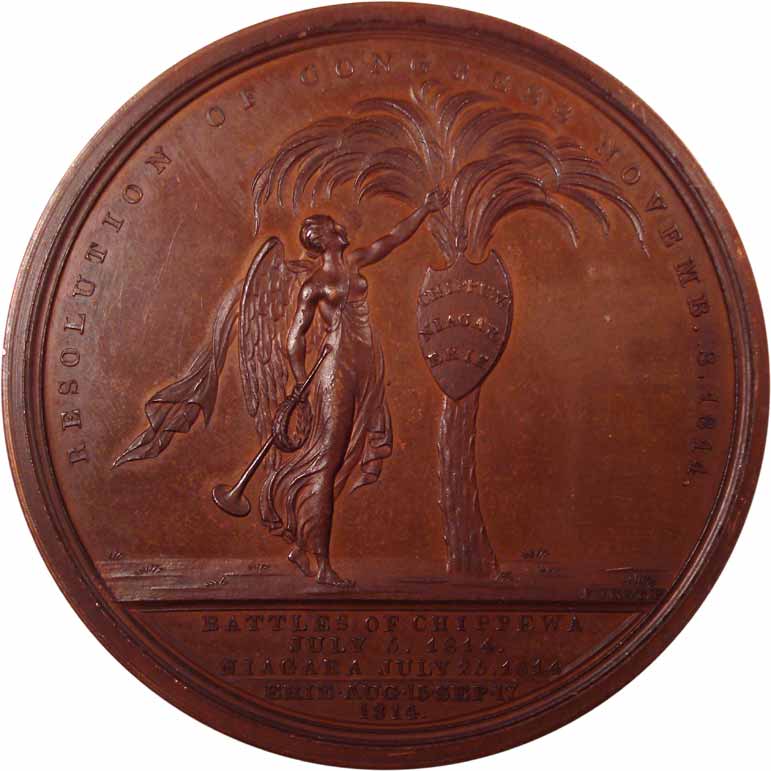
Julian CM-21
This is an unusual piece, struck for a specific scientific meeting (the Fifth Geological Congress, held in Washington in 1891). According to mint records, there were 500 struck, but I found zero auction appearances. Carl Carlson also found zero records when he did his research in 1986. I'd like to claim this as a new discovery, but I just can't believe it. With 500 struck there should be more out there. Since there's nothing on the medal to identify it as a mint product, and since the subject matter is so different from other mint medals, I bet that there are a bunch of others sitting in collections an inventories, but simply unattributed.
There's an interesting engraving oddity on this piece. On the obverse, the central design is surrounded by a dot-dash-dot-dash ring. On the reverse, the ring is slightly different. At 11:30, there are two consecutive dots. Oops! That doesn't sound like US Mint workmanship! Julian writes:
"Five hundred bronze medals were struck in mid-August, 1891, for the United States Geological Survey, which was the host for the congress. After striking, the medals were sent to the Philadelphia jewelry firm of Bailey, Banks, and Biddle for mounting. The dies were prepared outside the mint, possibly by the jewelry firm that mounted the bronze medals. The description was obtained from the dies, which are in the mint collection."
Julian lists this as 26 mm, but it's actually 27.4 mm.
I paid $40 for this piece, which is probably about right for an obscure medal, of a small size, in bronze -- even if it is possibly the only one known at the moment.
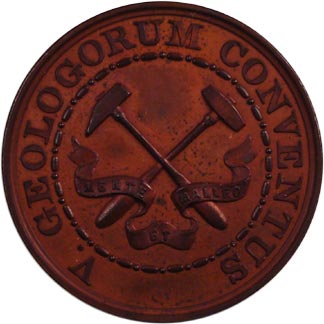
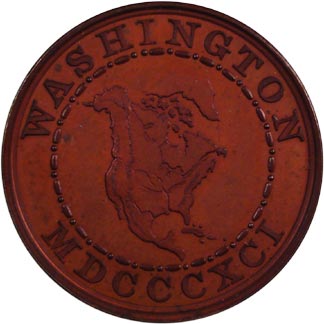
Julian SC-26
Like SC-1, this medal produced for Iowa State University appears to have been a near-total mystery. Julian writes:
"
Obverse: IOWA STATE UNIVERSITY.
Reverse: Blank.
Size: 31 mm
Engraver: Unknown
The description is from the die in the mint collection. Silver medals were struck in 1870 and 1871 (111 in all) for John J. Irish of Iowa City, Iowa. There may be a reverse for this medal, as Irish paid $75 for dies, which seems high for just one lettered die.
"
...and that's it. I found no sale records, and Carl Carlson found none either. As with the SC-1 piece, I can't prove that this is the medal described by Julian, but it sure seems to fit. This piece is actually 30.6 mm rather than 31 mm, but that's close enough. Most significantly in my mind, the reverse of this medal is hand-engraved with the date 1870, which is one of the only two years when the Julian-listed medal was produced.
With 111 total pieces minted, there should be other specimens out there.
US Mint-struck school medals are gaining in interest, but this one is obscure and not visually appealing. Even as a possibly-unique piece, I expect it wouid be worth in the $30-$50 range.
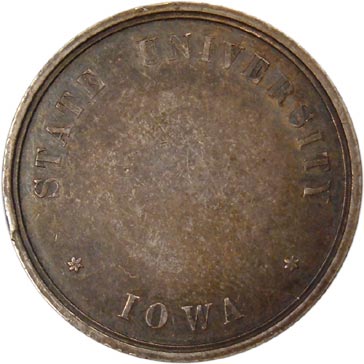
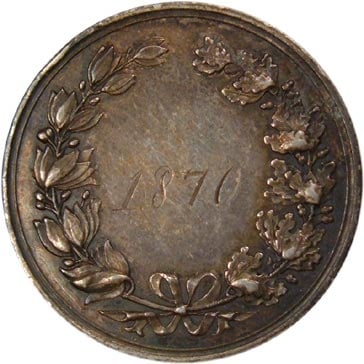
Julian RF-6
This is the Knight Templar Bell Medal, and I've posted this image before (but not recently, so I'll post it again). Although not pictured in Julian, it is pictured in Rich Hartzog's 1986 Price Guide for Julian. I only found 1 auction appearance, which goes to show how accurate those numbers are -- I have three specimens myself, and there were almost 2000 struck. Should be plenty more, although this non-round medal is clearly very atypical for a US Mint product, and the other copies are probably not identified as having been struck at the mint.
These are probably worth in the $50-100 range, and most of that for the novelty of shape rather than the actual rarity.
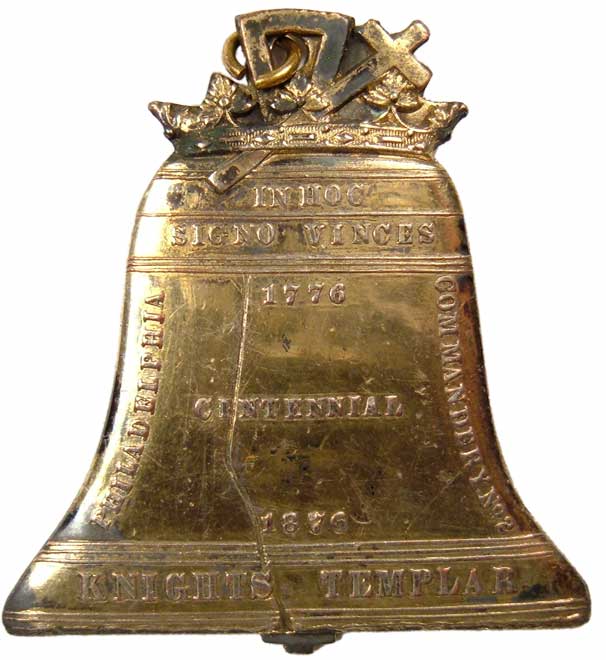
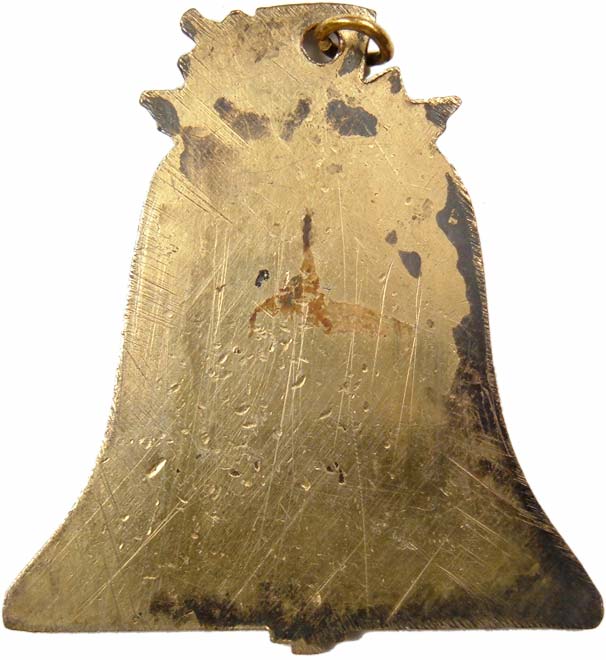
Julian RF-7
This is a cute little medal -- more a token, really -- struck for the NewYork Masonic Temple. I found only one auction appearance (in the 1986 Dreyfuss sale), but there were over 100 struck in silver and 300 struck in copper or cent metal. As with several others discussed here, it's a different sort of style than most mint medals, so the others are probably out there, unattributed.
I'd guess this is worth only about $20.
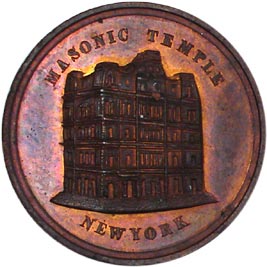
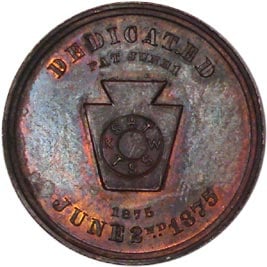
Julian UN-21
This is a tiny little medal struck for Arthur Orr, and Julian reports that Orr paid for them himself. Arthur Orr was a partner in the firm of Morgan & Orr, which made machinery for the mint (see HK-1003 for another Morgan & Orr medal). It's probably not too much of a stretch to imagine that this medal was struck on a Morgan & Orr press.
This piece is almost "common" compared to the others here -- it is pictured in Hartzog's price guide, and I found 4 auction appearances. Julian reports that there were 40 struck in total. Still, this specimen is in superb condition. It also cam in the back half of an odd little holder that probably has some significance that I don't know (anyone else?)
In excellent condition, this might be worth more than $100 -- but probably not.
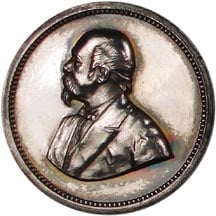
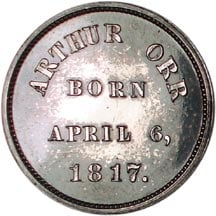
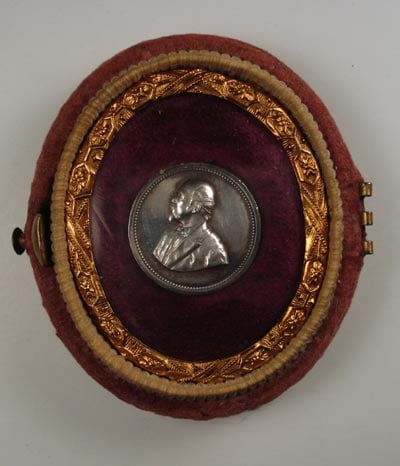
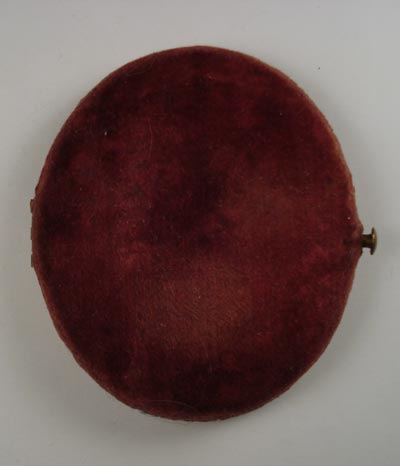
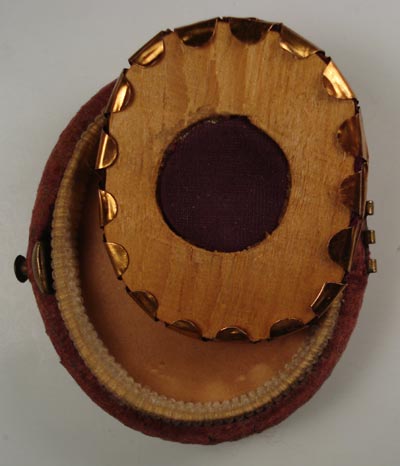
One odd thing about US Mint medals is that "notable" is not the same as "valuable". These aren't for sale, but I'm going to put price guesses anyway because I know that this is out of the mainstream and I imagine few people have ever seen any of them, much less have a clue about value.
FWIW, all of the pictures in this post are to scale. The graphics files are produced at 300 dpi, which is roughly 4x actual size, but the exact scale will depend on your monitor settings.
Julian MI-20obv/Julian MI-19rev mule
This is a fantasy piece, a muling of the obverse die of Julian MI-20 (for Major General Winfield Scott) with the reverse die of Julian MI-19 (for Brigadier General Eleazer W. Ripley). It was struck from the original dies at the mint, probably in the 1940s when they were messing around with that sort of thing. Unlike some other Mint-struck mules, this pairing actually almost makes sense, as Scott also fought at two of the three battles cited on this reverse. For those interested in seeing the correct pairings, they were in the Ford sale: Julian MI-20 and Julian MI-19.
I found 3 auction appearances of a MI-20/MI-19 mule, the most recent in 1992. The Ford sale didn't have one. In contrast, I found 19 appearances of MI-19 and 16 appearances of MI-20.
There are lots of other mulings of dies used for US Mint military medals. Among others, I also found one sale record for the opposite mule, with the obverse of MI-19 and the reverse of MI-20.
As you can see from the Ford sale, high-grade specimens of MI-19 and MI-20 are selling in the range of $600-800 or so. In this condition, one would probably be worth in the $100-300 range. As an unlisted mule, and clearly much rarer than the listed ones, this one is worth... about the same. Low supply, but also low demand.


Julian CM-21
This is an unusual piece, struck for a specific scientific meeting (the Fifth Geological Congress, held in Washington in 1891). According to mint records, there were 500 struck, but I found zero auction appearances. Carl Carlson also found zero records when he did his research in 1986. I'd like to claim this as a new discovery, but I just can't believe it. With 500 struck there should be more out there. Since there's nothing on the medal to identify it as a mint product, and since the subject matter is so different from other mint medals, I bet that there are a bunch of others sitting in collections an inventories, but simply unattributed.
There's an interesting engraving oddity on this piece. On the obverse, the central design is surrounded by a dot-dash-dot-dash ring. On the reverse, the ring is slightly different. At 11:30, there are two consecutive dots. Oops! That doesn't sound like US Mint workmanship! Julian writes:
"Five hundred bronze medals were struck in mid-August, 1891, for the United States Geological Survey, which was the host for the congress. After striking, the medals were sent to the Philadelphia jewelry firm of Bailey, Banks, and Biddle for mounting. The dies were prepared outside the mint, possibly by the jewelry firm that mounted the bronze medals. The description was obtained from the dies, which are in the mint collection."
Julian lists this as 26 mm, but it's actually 27.4 mm.
I paid $40 for this piece, which is probably about right for an obscure medal, of a small size, in bronze -- even if it is possibly the only one known at the moment.


Julian SC-26
Like SC-1, this medal produced for Iowa State University appears to have been a near-total mystery. Julian writes:
"
Obverse: IOWA STATE UNIVERSITY.
Reverse: Blank.
Size: 31 mm
Engraver: Unknown
The description is from the die in the mint collection. Silver medals were struck in 1870 and 1871 (111 in all) for John J. Irish of Iowa City, Iowa. There may be a reverse for this medal, as Irish paid $75 for dies, which seems high for just one lettered die.
"
...and that's it. I found no sale records, and Carl Carlson found none either. As with the SC-1 piece, I can't prove that this is the medal described by Julian, but it sure seems to fit. This piece is actually 30.6 mm rather than 31 mm, but that's close enough. Most significantly in my mind, the reverse of this medal is hand-engraved with the date 1870, which is one of the only two years when the Julian-listed medal was produced.
With 111 total pieces minted, there should be other specimens out there.
US Mint-struck school medals are gaining in interest, but this one is obscure and not visually appealing. Even as a possibly-unique piece, I expect it wouid be worth in the $30-$50 range.


Julian RF-6
This is the Knight Templar Bell Medal, and I've posted this image before (but not recently, so I'll post it again). Although not pictured in Julian, it is pictured in Rich Hartzog's 1986 Price Guide for Julian. I only found 1 auction appearance, which goes to show how accurate those numbers are -- I have three specimens myself, and there were almost 2000 struck. Should be plenty more, although this non-round medal is clearly very atypical for a US Mint product, and the other copies are probably not identified as having been struck at the mint.
These are probably worth in the $50-100 range, and most of that for the novelty of shape rather than the actual rarity.


Julian RF-7
This is a cute little medal -- more a token, really -- struck for the NewYork Masonic Temple. I found only one auction appearance (in the 1986 Dreyfuss sale), but there were over 100 struck in silver and 300 struck in copper or cent metal. As with several others discussed here, it's a different sort of style than most mint medals, so the others are probably out there, unattributed.
I'd guess this is worth only about $20.


Julian UN-21
This is a tiny little medal struck for Arthur Orr, and Julian reports that Orr paid for them himself. Arthur Orr was a partner in the firm of Morgan & Orr, which made machinery for the mint (see HK-1003 for another Morgan & Orr medal). It's probably not too much of a stretch to imagine that this medal was struck on a Morgan & Orr press.
This piece is almost "common" compared to the others here -- it is pictured in Hartzog's price guide, and I found 4 auction appearances. Julian reports that there were 40 struck in total. Still, this specimen is in superb condition. It also cam in the back half of an odd little holder that probably has some significance that I don't know (anyone else?)
In excellent condition, this might be worth more than $100 -- but probably not.





0
Comments
- Marcus Tullius Cicero, 106-43 BC
RAH
"Everything is on its way to somewhere. Everything." - George Malley, Phenomenon
http://www.american-legacy-coins.com
Great post! Thanks.
Thanks for the post it was very informative and well written.
<< <i>In the past I would never have even looked at medals but after seeing a few posts from others and this post I am seriously considering it. Some of the most beautiful art work I have ever seen comes from medals.
Thanks for the post it was very informative and well written. >>
I am with you on this and now own this one. Primarily because Pollock is my last name and it is cool to have your name on a coin.
Great thread, these tokens are amazing to learn about.
- Marcus Tullius Cicero, 106-43 BC